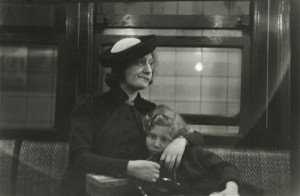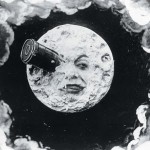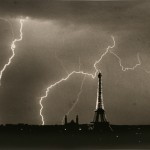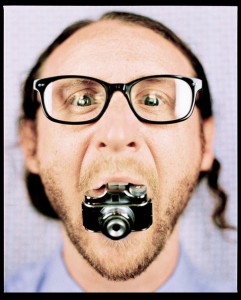I believe that Evans was very creative in the fact that he was able to get photographs of people with a camera and no one had a clue about it. He was incredibly smart to find a way to take these photos and thus collect images that had great significance. When I read this I couldn’t help wonder if there is someone out there who is doing the same or plans on doing the same after reading the review on Evans’ “Many Are Called.” Furthermore looking through these images I can relate to them because people in NYC riding the subway have not changed since then in terms of what they do on the train and their facial expressions. When people are on the train, the sleep, stare at other people, read a newspaper and so on just like they did when these pictures were taken. Like that man told a newspaper reporter when you’re on the train there is really nothing to look at. Sure there are ads but you’ve only seen millions more like it, all there is to look at is people’s faces and it does get boring. Furthermore I think Evans was smart in keeping those pictures and publishing his book years later because as time goes on something like what he did has a different impact. Now we are able to appreciate those photographs even more because they are not only a window to NYC’s past but it also reflects our present. People really have not changed much and like they say history repeats itself.
Contact Information
Professor Sandra Cheng Office: Namm 602B Office Hours: Tu/Th 9-10 am or by appointment Office Tel: 718-260-5003 Email: scheng@citytech.cuny.eduHelpful Links
 New York Times Arts
New York Times Arts-
Recent Posts
Recent Comments
- smarte5 on Walker Evan’s Subway Portraits
- smarte5 on Follow Magnum Photographer Alec Soth through Ohio
- smarte5 on Janette Beckman, New York Photographer
- bsilva92 on Discussion Topic: Old is New Again with the iPhone-Nina Katchadourian’s airplane bathroom photos
- bsilva92 on Discussion Topic: Street Art and Photography
Categories
Meta







